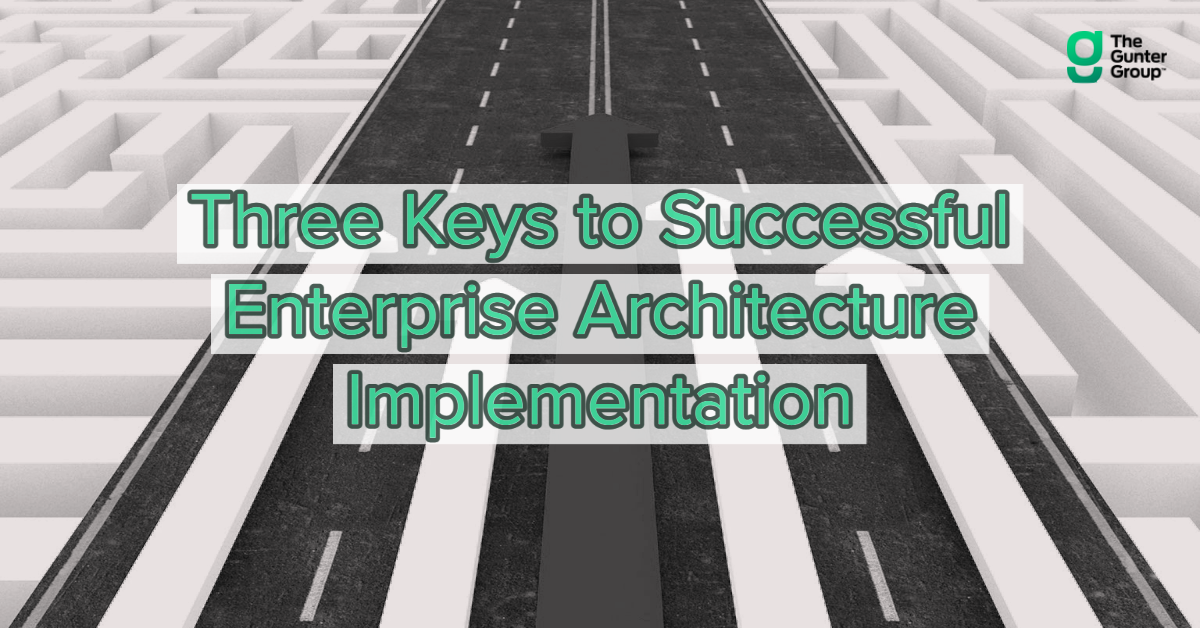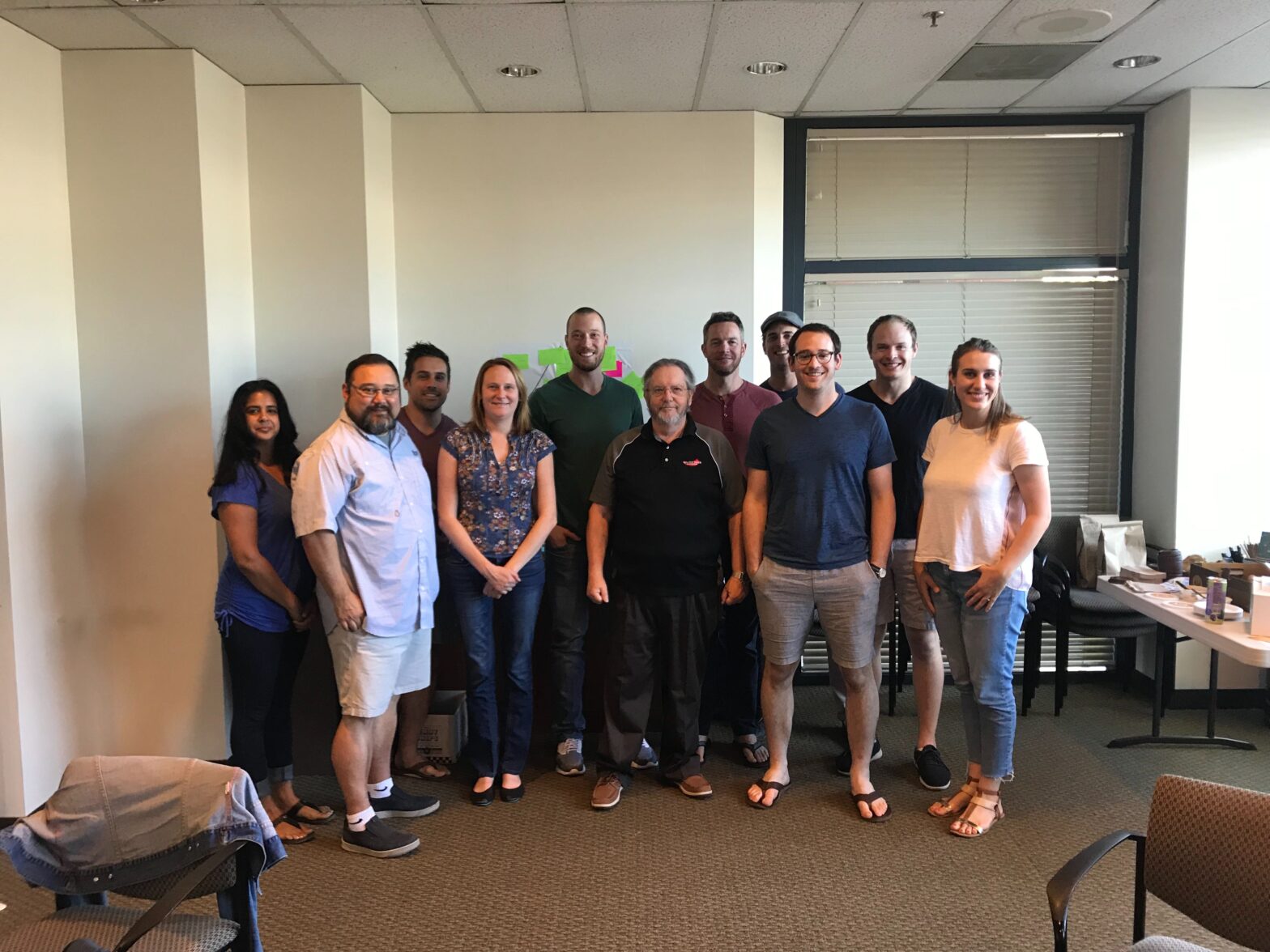Agile enterprise architecture is an approach to EA that applies the principles of the agile methodology to improve outcomes. Here’s everything you need to know.
Tag Archives: Enterprise Architecture
WHAT IS AGILE ENTERPRISE ARCHITECTURE?
THREE KEYS TO SUCCESSFUL ENTERPRISE ARCHITECTURE IMPLEMENTATION
Discover three critical insights into transforming Enterprise Architecture and increasing value to organizations with a more agile approach.
UPCOMING PORTLAND EVENT: APPLYING AGILE TO THE NON-IT PARTS OF YOUR BUSINESS
Join Matt Jamison, TGG’s Tech Practice Leader, at November’s Agile PDX event as he explores how agile concepts offer a fresh approach to building bridges between strategy, processes, and the realization of business goals. Matt provides examples that illustrate how agile can spill over the boundaries of tech into non-IT parts of the business, providing use cases from HR.
TGG LEVELS-UP TECH PRACTICE
Gunter Group consultants converged on the Portland area last weekend to attend a 16-hour 2-day training on agile. The course, provided by industry leader Rod Claar, included a deep dive into agile best practices and featured hands-on learning experiences.
STOP GETTING TECH STRATEGY WRONG
If your IT department is doing a phenomenal job then you probably never see, hear, or even think about them. They’re out of sight and out of mind. Then something goes wrong and everything changes. When systems fall short, IT comes under the microscope. This usually results in knee jerk change: organizations quickly ditch failing solutions in favor of new ones. In doing so, they often unwittingly cause themselves more headaches.




